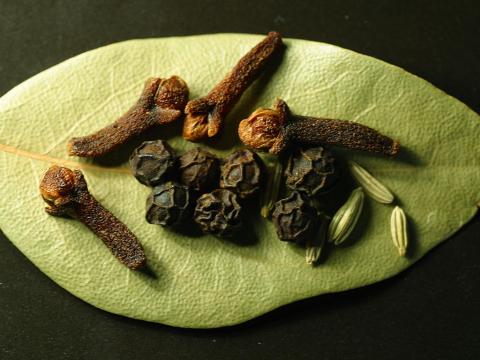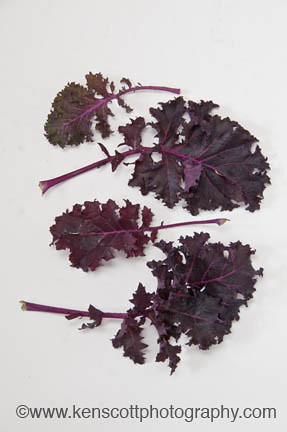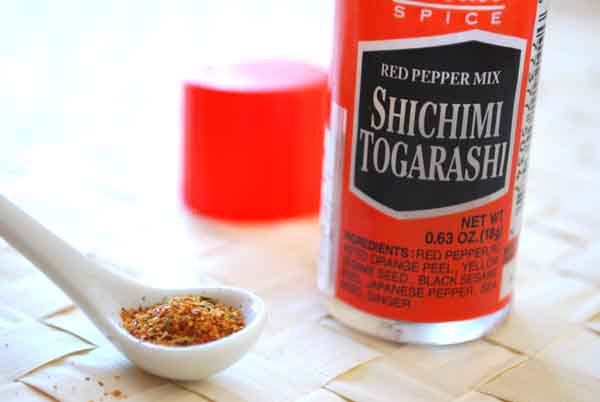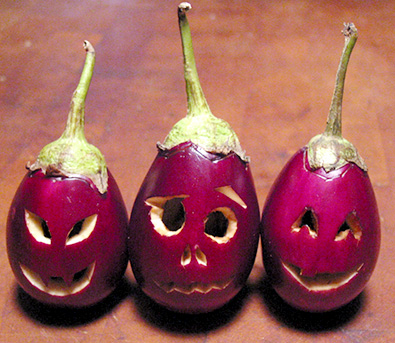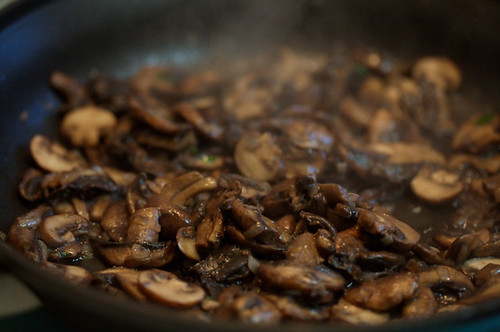Cooking skills focus: Braising, balancing flavors
Ingredients:
1 T cooking oil
1 yellow onion, quartered and sliced 1/4" thick
1 head garlic, peeled & sliced
1 T cooking oil
1 yellow onion, quartered and sliced 1/4" thick
1 head garlic, peeled & sliced
1 t cooking oil
5 whole chicken legs (or 10 each drumsticks/thighs), meat scored with a knife so heat can penetrate and cook it faster
5 whole chicken legs (or 10 each drumsticks/thighs), meat scored with a knife so heat can penetrate and cook it faster
1 T cooking oil
2 medium bags braising greens mix
2 # tomatoes, cored & diced large
2 medium bags braising greens mix
2 # tomatoes, cored & diced large
2 T Sambar Masala spice blend (also from World Spice Merchants)
salt & pepper to taste
Instructions:
1. Preheat oven to 400 degrees.
2. In a large saute pan, heat the first 1 T cooking oil over high heat, then add the onion and garlic and saute 4-5 minutes. Remove to a baking dish.
salt & pepper to taste
Instructions:
1. Preheat oven to 400 degrees.
2. In a large saute pan, heat the first 1 T cooking oil over high heat, then add the onion and garlic and saute 4-5 minutes. Remove to a baking dish.
3. Heat the pan again over high heat, then add the next 1 t cooking oil. Brown the chicken in the hot pan until well browned and remove to the baking dish.
4. Heat the pan again over medium-high heat. Add the last 1 T cooking oil, then add the braising greens for 6-7 minutes or until well-wilted.
5. Combine the onions, chicken and greens with the tomatoes, and season everything with salt, pepper and the Sambar Masala. Cover the dish and start to braise for an hour.
4. When the chicken's done, let it cool for a little bit so you don't kill yourself doing the following:
6. Pull the meat off the bones (the bones can still be used for stock), toss with the potatoes and kale, and use the mixture to fill sandwiches or wraps.
4. When the chicken's done, let it cool for a little bit so you don't kill yourself doing the following:
6. Pull the meat off the bones (the bones can still be used for stock), toss with the potatoes and kale, and use the mixture to fill sandwiches or wraps.


